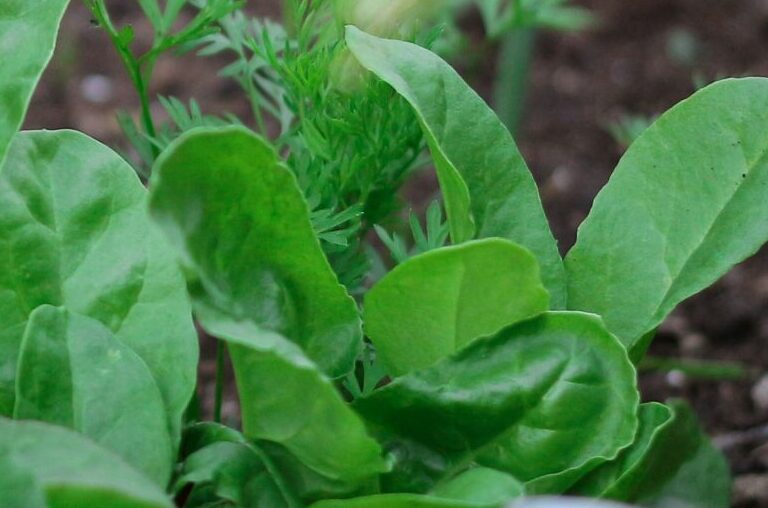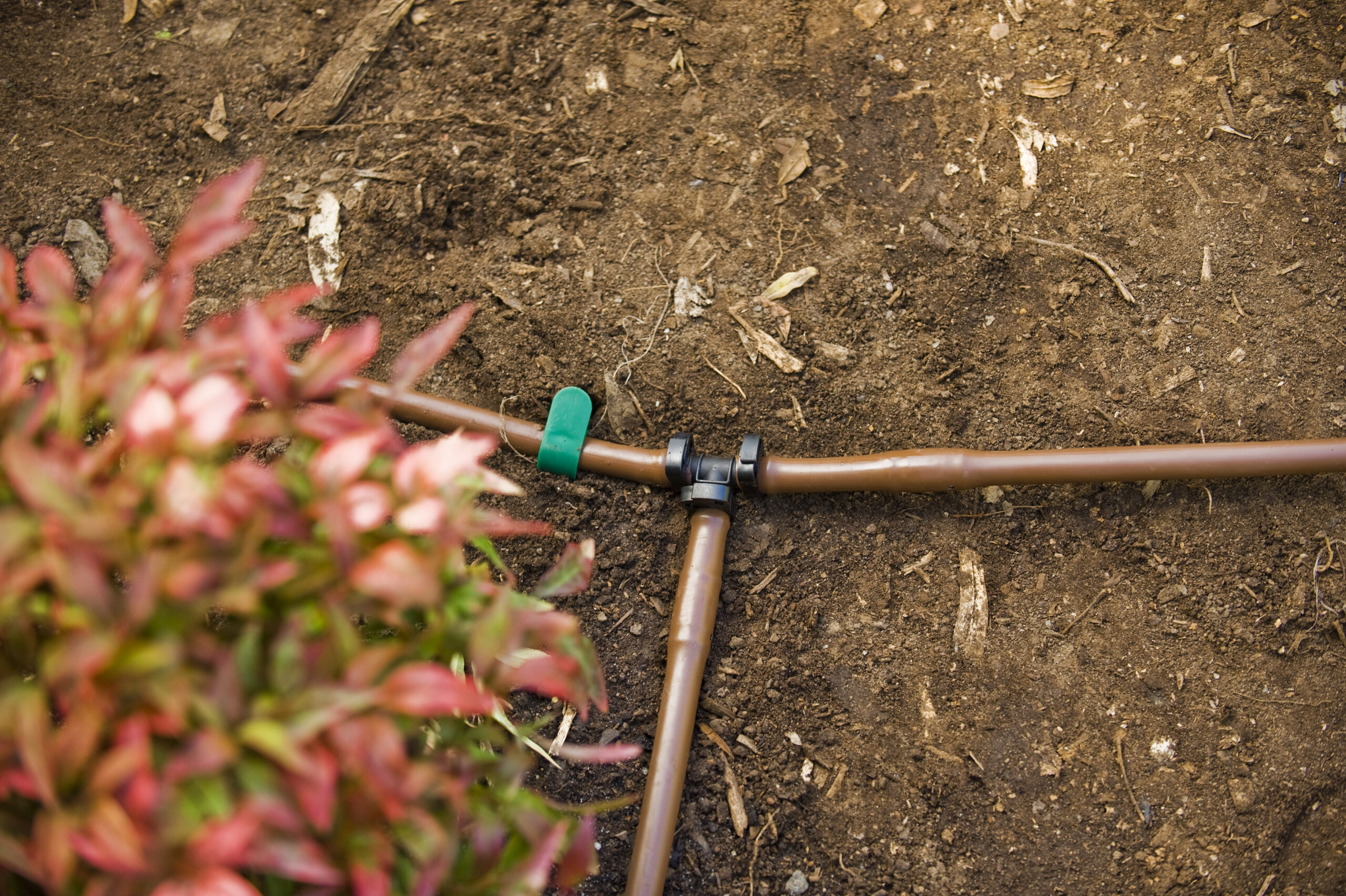The cooler months are the perfect time to grow leafy greens. Whether you plan on growing cabbage, bok choy, snow peas or any other winter greens, this handy guide will help you get started.
Why grow winter greens
It can be very rewarding growing cooler climate greens, as they are quick to reach maturity from seeding. And that means you can stagger your plantings to maintain a steady supply.
When growing bok choy seedlings or seeds, it can be as little as six weeks to start picking leaves. You can also pick the outer leaves and the plant will keep growing. They’re less likely to bolt to seed if they’re grown in the cooler months. But if they do start to flower, don’t worry – they’ll still be edible and delicious.
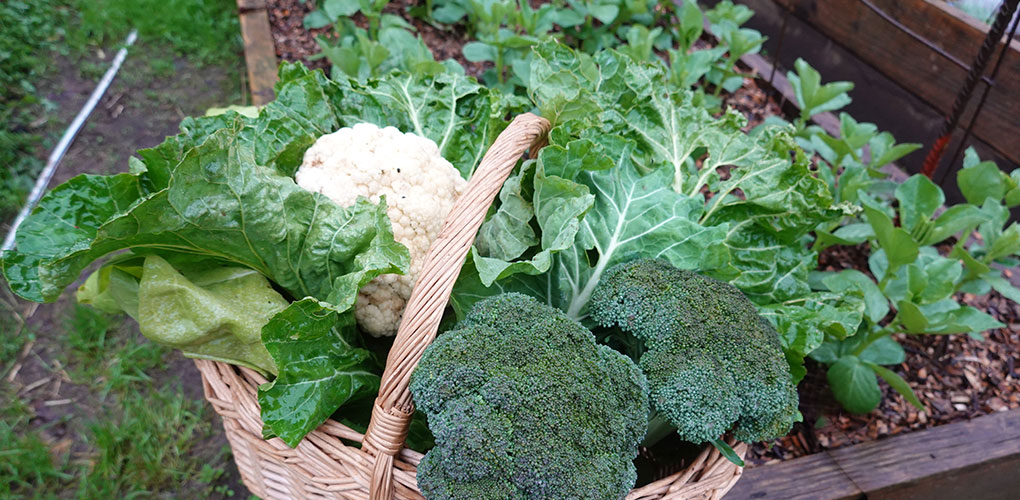

Choosing winter greens to grow
Other easy to grow leafy winter greens include the full range of Asian greens – think pak choi, tatsoi, choy sum and many more. Each variety has a slightly different flavour, so it’s good to grow a range and see what you like best.
You might also like to try growing chicory, collards, mustard greens and kale. You can pick their leaves at any stage. Plus, they’re a great source of iron, minerals and vitamins. Just pick them fresh as you need for cooking to keep the nutrients locked in.
Want to grow other veggies alongside your greens? Check out our top picks for planting autumn vegetables.

How to grow winter greens
Growing snow peas, sugar snap peas, and green beans is a real treat for autumn planting. Simply build a frame for them to climb up and they’ll reward you with a regular bounty.
All autumn and winter greens require rich, well-drained garden soil with plenty of full sun. Add plenty of organic matter to ensure healthy, fast growth.
Choosing winter-specific seeds or seedlings is the key to success – and growing from seed is the most reliable way to get strong plants. It’s best to buy seed from a reputable supplier.
If your summer growing area is too shady for winter plantings, you can grow them in beds, pots, or try container gardening. Just place them where there is more winter sun, but do try to keep them protected from strong winds.
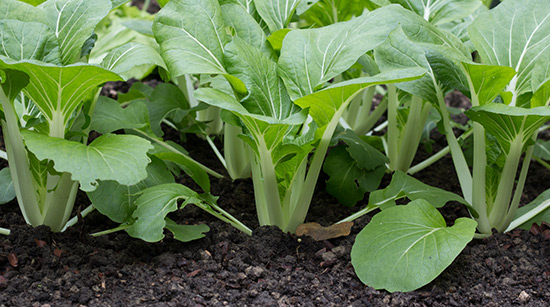
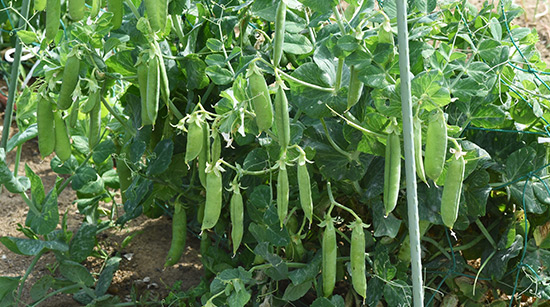



How to water winter greens
If your area doesn’t get a lot of regular rain, you’ll need irrigation. Simple spray, drip pipe or fixed spray sprinklers will work a treat, since winter greens aren’t as water thirsty as other plants.
In frost prone areas, make sure your plants are well established early so they can adjust to cooler temperatures. You can also cover vegetable beds with plastic or hessian on frosty nights.

How to keep pests off your greens
Many of the pests that wreak havoc with summer vegetables can’t survive and thrive in the cooler weather. But to avoid fungal problems, try to keep good air flow around the plants – and water in the early part of the day so the leaves will be dry by nightfall.
Mulch thickly around plants to keep the soil temperature as warm as possible.

Making the most of your winter greens
The most satisfying part of growing greens is getting to eat them! Simply cook them quickly in a stir fry, or use them with eggs, in a quiche and as a sauté vegetable served alongside meat dishes. Simple, tasty, healthy. Now all you need to do is get growing!
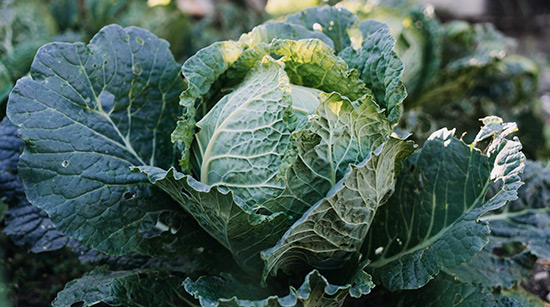
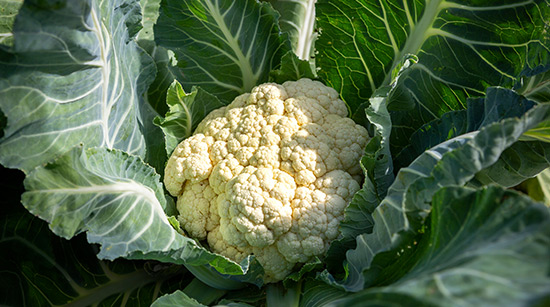



Pope’s DIY tip Drip Eze® is ideal for keeping your winter greens well watered in all soil types.
It can be very rewarding growing cooler climate greens, as they are quick to reach maturity from seeding. And that means you can stagger your plantings to maintain a steady supply.
When growing bok choy seedlings or seeds, it can be as little as six weeks to start picking leaves. You can also pick the outer leaves and the plant will keep growing. They’re less likely to bolt to seed if they’re grown in the cooler months. But if they do start to flower, don’t worry – they’ll still be edible and delicious.


Choosing winter greens to grow
Other easy to grow leafy winter greens include the full range of Asian greens – think pak choi, tatsoi, choy sum and many more. Each variety has a slightly different flavour, so it’s good to grow a range and see what you like best.
You might also like to try growing chicory, collards, mustard greens and kale. You can pick their leaves at any stage. Plus, they’re a great source of iron, minerals and vitamins. Just pick them fresh as you need for cooking to keep the nutrients locked in.
Want to grow other veggies alongside your greens? Check out our top picks for planting autumn vegetables.

How to grow winter greens
Growing snow peas, sugar snap peas, and green beans is a real treat for autumn planting. Simply build a frame for them to climb up and they’ll reward you with a regular bounty.
All autumn and winter greens require rich, well-drained garden soil with plenty of full sun. Add plenty of organic matter to ensure healthy, fast growth.
Choosing winter-specific seeds or seedlings is the key to success – and growing from seed is the most reliable way to get strong plants. It’s best to buy seed from a reputable supplier.
If your summer growing area is too shady for winter plantings, you can grow them in beds, pots, or try container gardening. Just place them where there is more winter sun, but do try to keep them protected from strong winds.





How to water winter greens
If your area doesn’t get a lot of regular rain, you’ll need irrigation. Simple spray, drip pipe or fixed spray sprinklers will work a treat, since winter greens aren’t as water thirsty as other plants.
In frost prone areas, make sure your plants are well established early so they can adjust to cooler temperatures. You can also cover vegetable beds with plastic or hessian on frosty nights.

How to keep pests off your greens
Many of the pests that wreak havoc with summer vegetables can’t survive and thrive in the cooler weather. But to avoid fungal problems, try to keep good air flow around the plants – and water in the early part of the day so the leaves will be dry by nightfall.
Mulch thickly around plants to keep the soil temperature as warm as possible.

Making the most of your winter greens
The most satisfying part of growing greens is getting to eat them! Simply cook them quickly in a stir fry, or use them with eggs, in a quiche and as a sauté vegetable served alongside meat dishes. Simple, tasty, healthy. Now all you need to do is get growing!













